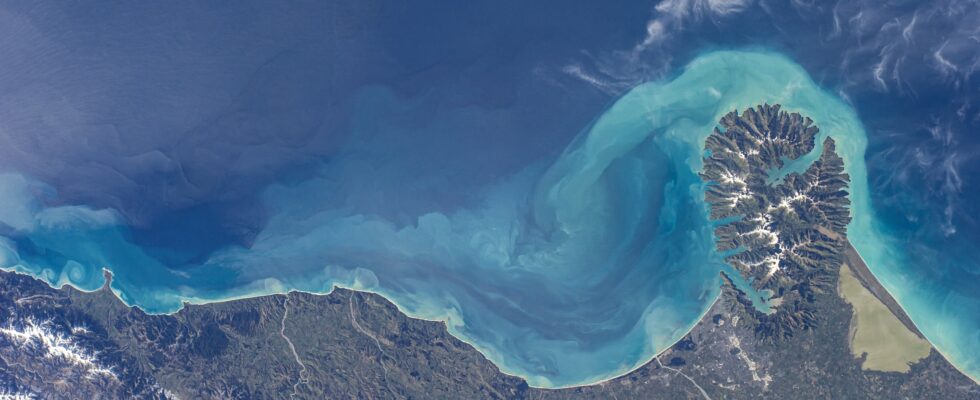Revolutionary maps based on artificial intelligence and satellite imagery reveal little-known activities at sea, from illegal fishing to the rise of offshore wind development, revealing the colossal, even industrial, impact of man on the oceans .
Technological advances have enabled the creation of unprecedented nautical charts, informing us about human activity at sea with unprecedented precision. Researchers, who used satellite imagery and deep learning, or deep learning, have shed light on secret fishing operations and an offshore energy boom. These maps reveal that the majority of industrial fishing vessels in the world and up to 30% of transport and energy vessels completely escape any public monitoring, which raises questions about the real state and preservation of our oceans.
Satellites and AI unlock the secrets of the oceans, exposing the hidden side of fishing and offshore energy development
Maps published on January 3, 2024 in the journal Naturedrawn by the non-profit organization Global Fishing Watch, supported by Google, reveal the extent of human activity at sea. The study reveals in particular that 15% of the world’s oceans alone concentrate 75 % of industrial activity.
Global Fishing Watch tells us that industrial fishing vessels are not publicly monitored, a true symptom of the concept of “ dark ships “, if we must make a literal translation, a concept which raises many concerns. Artificial intelligence and satellite imagery have made it possible to map these formerly unnoticed industrial activities, revealing suspicious fishing operations and a growth in offshore energy development.
The researchers emphasize the importance of their work in that lack of understanding of marine activities can hinder conservation goals for the world’s oceans. While most countries have agreed to protect 30% of land and water by 2030, the lack of accurate maps is problematic. To protect oceans and fisheries, policymakers need a clearer picture of marine resource exploitation, crucial information that AI-based maps and satellite imagery can now provide. Let’s see what changes.
2,000 terabytes of satellite images analyzed
Until today, vessel tracking was mainly based on the AIS (Automatic Identification System), which has limitations linked to variations in boarding requirements and the possibility of turning off the system. To overcome these shortcomings, Global Fishing Watch analyzed no less than 2,000 terabytes of radar images from the constellation of satellites attached to the Sentinel 1 mission of the European Space Agency (ESA).
To deal with them, researchers have developed deep learning models to classify vessels according to their length, their class (fishermen or not), and identify offshore infrastructure, such as wind turbines. All with an accuracy ranging from 90 to 98%.
The results are clear: between 21 and 30% of transport and energy vessels escape public monitoring. New analysis methods have revealed dense maritime traffic in previously sparsely active areas, including South Asia, Indonesia, Southeast Asia, and the north and west coasts of Africa. Traditional AIS data, taken separately, suggests comparable fishing between Europe and Asia, while Asia actually dominates industrial fishing, accounting for 70% of all fishing vessel detections, of which 30 % only in the Chinese economic zone.
Offshore wind development continues
Offshore energy development is also experiencing considerable growth, with wind turbines outnumbering oil structures. In itself, this is not a bad thing. In 2021, wind turbines accounted for 48% of all ocean infrastructure, concentrated mainly off the coasts of Northern Europe (52%) and China (45%), marking a significant shift towards renewable energy.
At the end of their study, the scientists emphasize that AI was essential for processing the mass of data from radar images. They believe that these tools are decisive for documenting rapid changes in maritime activity, especially in a context where the fight against global warming and the preservation of biodiversity require responsible management of our oceans.
Source : Nature

0